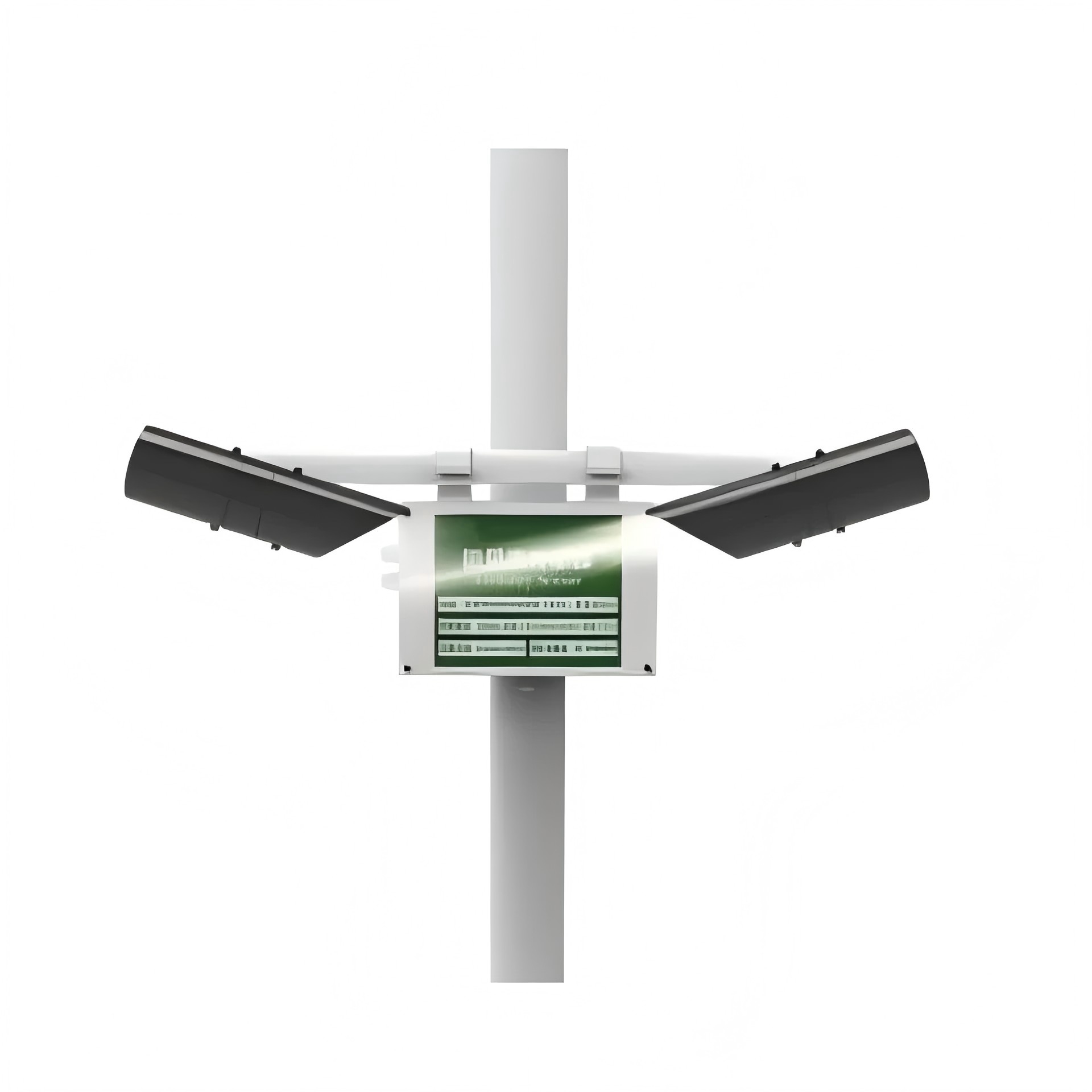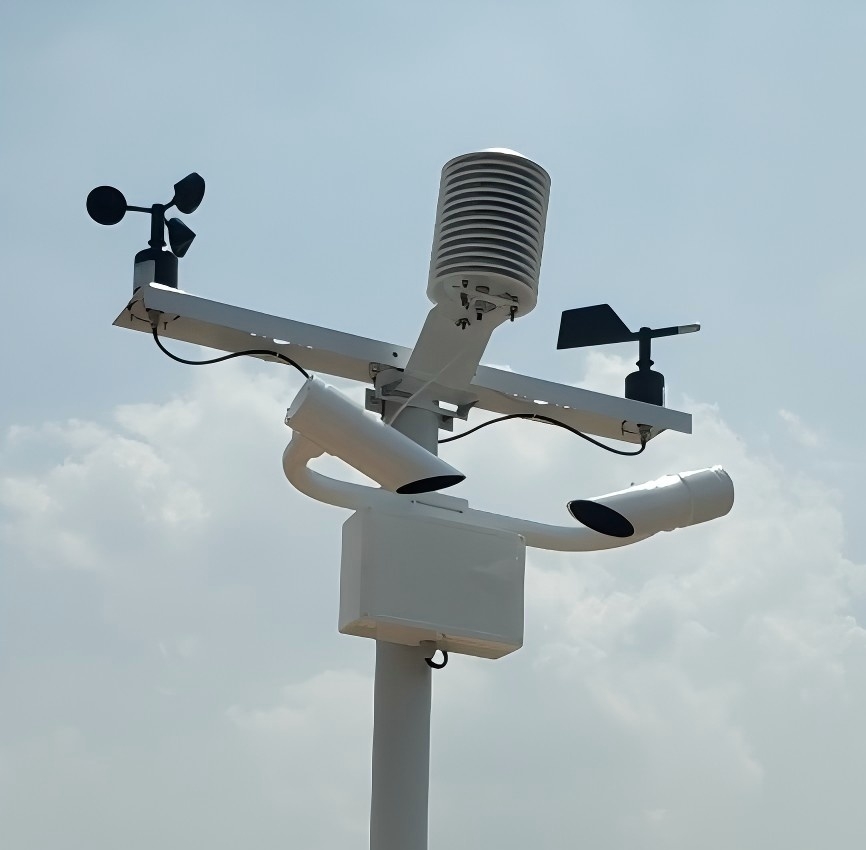Introduction
Weather stations are integral to predicting and managing weather conditions that impact various industries, such as transportation, aviation, and agriculture. One important part of weather monitoring is visibility. This means how far you can see clearly. Weather conditions like fog, rain, or snow affect visibility.
To accurately measure visibility, outdoor visibility sensors are essential. Weather stations use these sensors to provide real-time data. This data helps make smart choices about safety, resource management, and forecasting.
In this article, we will discuss outdoor visibility sensors in weather stations. We will explain how they work, where people use them, and the benefits they provide to different industries. Additionally, we will highlight how Coda Sensor provides cutting-edge visibility sensor solutions for various weather monitoring needs.
Outdoor visibility sensors check how clear the air is over a certain distance. They help us understand weather conditions like fog, haze, or heavy rain.
These sensors usually use laser or infrared technology. They detect particles in the air that scatter or absorb light. This affects visibility.
Outdoor visibility sensors give real-time measurements. They provide important information about current weather conditions. This helps industries like transportation, aviation, and environmental monitoring. These sensors are critical for making informed decisions about safety, traffic flow, and emergency response in adverse weather conditions.

Outdoor visibility sensors primarily operate using two main technologies:
Laser-Based Sensors:
These sensors emit a laser beam that travels through the air and is scattered by particles like fog or dust. The sensor measures the amount of scattered light. It then calculates visibility based on how much light reflects back.
Forward Scattering Sensors:
These sensors emit light that passes through the air and scatters off atmospheric particles. The sensor measures the intensity of the scattered light to determine the visibility range. This type of sensor is great for detecting low visibility over long distances. This includes conditions like fog or heavy rain.
Fog and Haze Detection
Fog significantly impacts visibility, especially in the early mornings and late evenings. People use outdoor visibility sensors to detect the onset of fog and provide real-time data for weather forecasting. This is essential for managing road safety, airport operations, and maritime navigation. Coda Sensor’s advanced visibility sensors ensure accurate fog detection, helping weather stations provide timely alerts for low-visibility conditions.
Road and Traffic Safety
Visibility is a critical factor for safe driving, particularly in foggy, rainy, or snowy weather. Outdoor visibility sensors integrated into smart traffic systems provide data on visibility levels in real-time. This helps authorities adjust traffic flow, implement speed limits, and issue warnings to drivers.
Coda Sensor’s visibility solutions aim to improve road safety. They provide reliable data to help manage traffic in low-visibility conditions.
Aviation and Airport Operations
For airports, visibility is crucial for safe flight operations. Pilots and air traffic controllers need accurate visibility readings. These readings help them decide if it is safe for planes to land or take off.
Coda Sensor’s outdoor visibility sensors give real-time visibility measurements. This helps make better decisions during low-visibility events like fog or snowstorms. It ensures the safety of passengers and crew.
Maritime and Shipping
In maritime industries, visibility sensors are essential for preventing accidents and ensuring safe navigation during poor weather conditions. Coda Sensor’s solutions help measure visibility on ships and coastlines. They provide accurate data in fog, rain, or snow. This enables ship captains and crew to make informed decisions, ensuring safe routes and docking procedures.
Environmental Monitoring
Visibility can also indicate the presence of airborne pollutants or particulate matter, providing indirect data on air quality. Environmental monitoring stations use visibility sensors to assess air pollution levels.
Coda Sensor’s visibility solutions help environmental studies. They provide accurate, real-time data to monitor pollution levels. This data shows how pollution affects local ecosystems.

Improved Forecasting Accuracy
Real-time data from visibility sensors significantly enhances the accuracy of weather forecasts. Weather stations can measure visibility in different weather conditions. This assists them in making more accurate forecasts for fog, rain, or snow.
Coda Sensor’s advanced visibility sensors provide accurate measurements. This helps improve weather predictions.
Increased Safety and Risk Mitigation
Visibility data is critical for ensuring public safety in hazardous weather conditions. Outdoor visibility sensors provide early warnings for reduced visibility, which can be crucial for preventing accidents. Coda Sensor’s reliable visibility sensors help authorities manage traffic, flights, and maritime activities in bad weather. This improves safety for passengers, drivers, and workers.
Real-Time Monitoring and Decision-Making
Outdoor visibility sensors offer real-time data, allowing for immediate responses to changing weather conditions. This is particularly valuable in fast-paced environments like airports, highways, and ports. Coda Sensor’s visibility solutions help weather stations get current visibility readings. This allows for quick, data-driven decisions that lower risks and improve operations.
Cost-Effective Weather Monitoring
Visibility sensors are a cost-effective way to enhance the capabilities of weather stations. They provide valuable data without the need for extensive infrastructure or maintenance.
Coda Sensor makes its visibility sensors easy to maintain. These sensors provide reliable and accurate measurements. This helps weather stations run efficiently and save money.
Support for Smart City and Infrastructure Development
Outdoor visibility sensors contribute to the broader goals of smart city planning by integrating with other infrastructure systems. Coda Sensor’s visibility solutions work with traffic management, environmental monitoring, and public safety systems. This creates a complete approach to urban planning and helps ensure safety in many areas.
Coda Sensor is a leader in providing high-precision visibility sensors. Many areas, like weather stations, traffic management, and environmental monitoring, use these sensors. Their outdoor visibility sensors are known for:
High Accuracy and Reliability: Coda Sensor’s sensors give clear visibility readings. They perform effectively in challenging weather conditions, such as fog, snow, and rain.
Ease of Integration: Coda Sensor’s systems can seamlessly integrate with existing weather station setups, allowing for enhanced data collection without significant infrastructure changes.
Durability and Low Maintenance: Coda Sensor's visibility sensors are designed for challenging outdoor environments. They are low-maintenance and reliable, making them great for long-term use.
Coda Sensor’s solutions provide real-time data. This ensures that weather stations get the latest visibility information.
Conclusion
Outdoor visibility sensors are essential for accurate weather monitoring, improving safety, and optimizing operations across various sectors. These sensors give important real-time data. This data helps with road safety, aviation, and environmental monitoring. It supports better decision-making.
Coda Sensor provides advanced visibility sensor solutions for modern weather stations. These sensors offer high accuracy, reliability, and easy integration. Investing in Coda Sensor’s outdoor visibility solutions can help weather stations improve forecasting accuracy. This will also help them manage challenges from low-visibility weather conditions.
Discover how real-time weather station data impr
Discover how Automatic Weather Stations (AWS) ar
Discover how CODA gas sensors are the invisible
Contact: Molly
Phone: +86-17775769236
Tel: 86-0731-85117089
Email: molly@codasensor.com
Add: Building S5, Aux Square, Yuelu District, Changsha City, Hunan Province, China
We chat